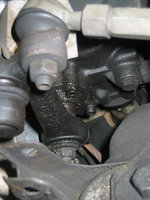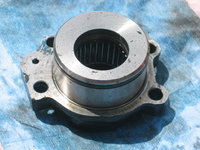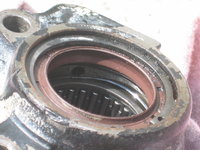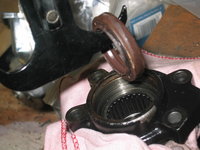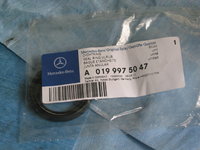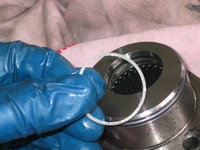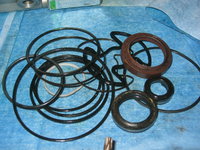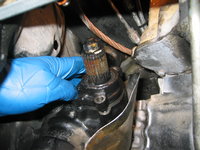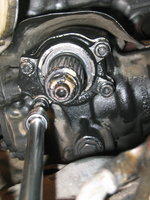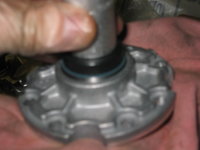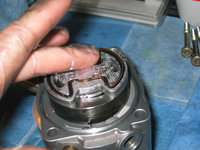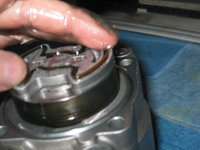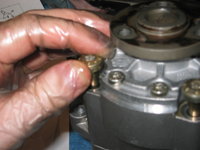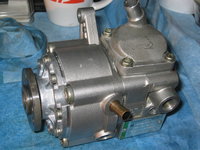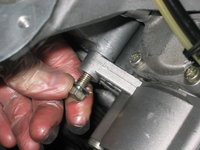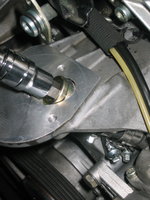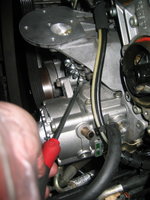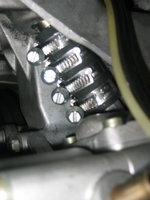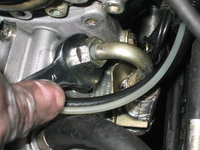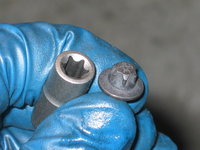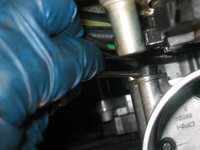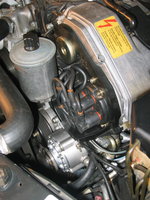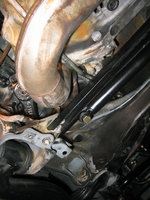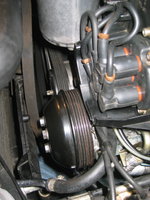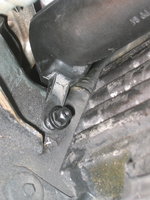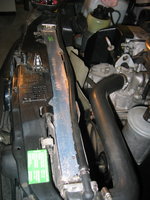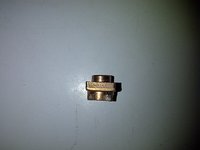Re: Power Steering Pump Leak Investigation
I just finished re-sealing my other cam advance solenoid, as well. That job took about an hour, start to finish, working carefully.
With regard to brake cleaner. I have never heard of any problems with using it on aluminum parts (remember that some brakes, such as 1991 and 1992 500E brakes, are aluminum Brembo calipers) and I've been using it for years as a parts cleaner/washer. It evaporates pretty quickly (within 2-3 minutes) and so there's not much time to act on things, and many if not most shops I know use it for just about everything when a full-on parts washer is not needed. I've been using it for 8-10 years with no problems whatsoever. I think it will take coatings off of parts such as clear-coated wheels (soft coatings) so that's something to be aware of. I try to use the full-chlorinated stuff because it's stronger, though I know that it isn't available in states run by eco-freaks like California.
It is not a good idea to use brake cleaner on plastic although I do this on occasion (just used it to clean the inside of my plastic covers that go over the cap/wires/rotor) and I wiped it off right away.
In any case, brake cleaner should not be an issue around aluminum. Best used on bare-metal parts that are removed from the car. The one you DO have to watch out for with aluminum is Simple Green. That stuff is REALLY aggressive on aluminum.
By the way, generally speaking .. brake cleaner is much less aggressive than carb/choke cleaner.
Whenever I'm done with a wrenching job on my cars, I always soak a shop rag in brake cleaner and use it to clean all of my tools used -- handles, sockets, screwdrivers, pliers, etc. Works great for cleanup as well.
Cheers,
Gerry
I just finished re-sealing my other cam advance solenoid, as well. That job took about an hour, start to finish, working carefully.
With regard to brake cleaner. I have never heard of any problems with using it on aluminum parts (remember that some brakes, such as 1991 and 1992 500E brakes, are aluminum Brembo calipers) and I've been using it for years as a parts cleaner/washer. It evaporates pretty quickly (within 2-3 minutes) and so there's not much time to act on things, and many if not most shops I know use it for just about everything when a full-on parts washer is not needed. I've been using it for 8-10 years with no problems whatsoever. I think it will take coatings off of parts such as clear-coated wheels (soft coatings) so that's something to be aware of. I try to use the full-chlorinated stuff because it's stronger, though I know that it isn't available in states run by eco-freaks like California.
It is not a good idea to use brake cleaner on plastic although I do this on occasion (just used it to clean the inside of my plastic covers that go over the cap/wires/rotor) and I wiped it off right away.
In any case, brake cleaner should not be an issue around aluminum. Best used on bare-metal parts that are removed from the car. The one you DO have to watch out for with aluminum is Simple Green. That stuff is REALLY aggressive on aluminum.
By the way, generally speaking .. brake cleaner is much less aggressive than carb/choke cleaner.
Whenever I'm done with a wrenching job on my cars, I always soak a shop rag in brake cleaner and use it to clean all of my tools used -- handles, sockets, screwdrivers, pliers, etc. Works great for cleanup as well.
Cheers,
Gerry




 my power steering has been on and off sporadically since I got the car. Last month it's been off and the steering wheel (while not THAT hard to turn) squeeks. I used to have a leak, but power steering fluid hasn't moved since that month it stopped working.
my power steering has been on and off sporadically since I got the car. Last month it's been off and the steering wheel (while not THAT hard to turn) squeeks. I used to have a leak, but power steering fluid hasn't moved since that month it stopped working.



